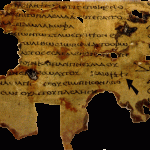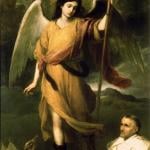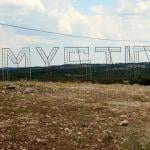A few days ago, Stephen Carlson noted that his article on Matt 1:17 was recently published (congrats, Stephen!). Well, I am happy to note that I am apparently in the same issue 76 (2014) 704-719, though I have not seen the full issue.
My essay is titled: ” ‘They Are Not Gods!’: Jewish and Christian Idol Polemic and Greco-Roman Use of Cult Statues”
There is no abstract, but here is the gist of my argument:
(1) Early Jews and Christians mocked pagans for worshipping statues that are not real gods
(2) Many modern biblical scholars think the Jewish and Christian anti-idol polemic is unfair because such scholars presume pagans knew their statues were not “gods” and treated their statues as representatives, signposts, or at most containers of divinity.
(3) I revisit a variety of primary and second Greco-Roman literature to show that how Greco-Romans conceived of statue/image ontology and efficacy is quite complex and that we might make reference to a certain pervasive assume that statues (especially cult statues) carried a kind of “amphicosmic ontology” (my neologism) in the view of everyday worshippers (the philosophers were often more skeptical).
(4) So, did pagans actually worship their statues, or did they worship the distant, invisible or otherworldly god through the statue? I argue that there is enough competing evidence to see some of both going on, even at the same time.
(5) Therefore, it is actually not illegitimate for the early Jews to assume that pagans did worship their statues. There was clearly some kind of object-divinity “link,” even if the polemic was exaggerated.
(6) For what it is worth, even though I did not discuss this in the article, I want to reflect on how this classification of “amphicosmic ontology” would be fitting, not only for Greco-Roman cult statues, but for early Christology as well. I have yet more to say on this, but I want to credit Jimmy Dunn for sowing the seeds of this idea in his wonderfully provocative book Did the First Christians Worship Jesus?











